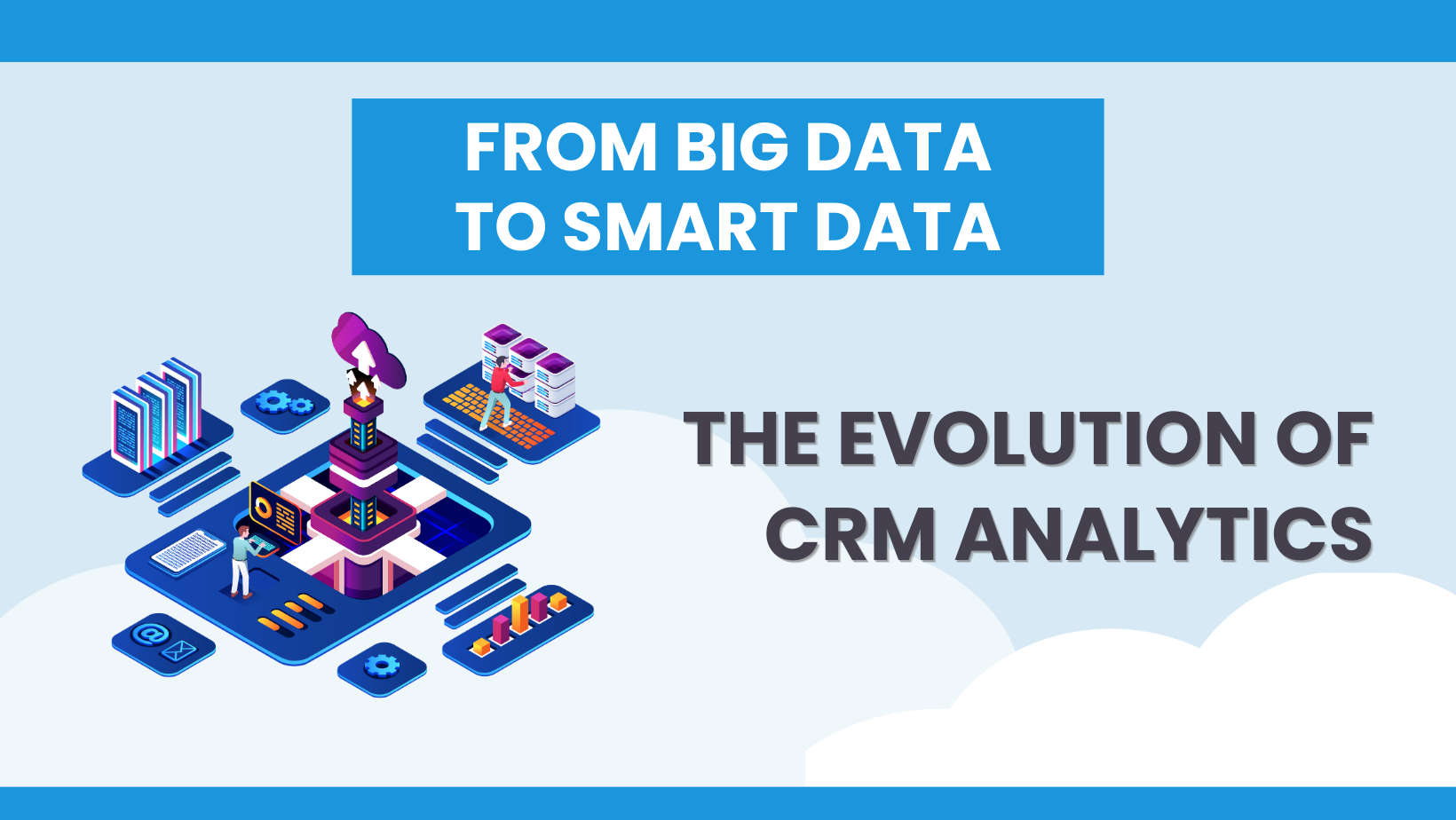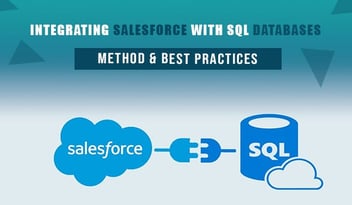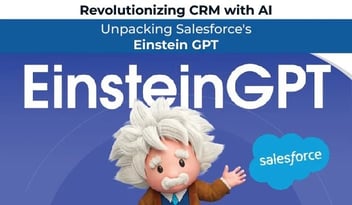Introduction
Data is often referred to as the "new oil," powering businesses with actionable insights and sharper decision-making capabilities. With the explosion of Big Data, the challenge has shifted from data acquisition to data interpretation. This is where the evolution of Customer Relationship Management (CRM) analytics comes into play, transforming vast volumes of data into smart, actionable insights. Let's embark on a journey from the era of Big Data to the dawn of Smart Data through the lens of CRM.
Understanding the Big Data Phenomenon
Big Data encompasses vast datasets that traditional processing systems struggle to analyze due to their volume, velocity, and variety. For businesses, this represents a goldmine of information, capturing every nuance of customer interaction, transaction history, and even potential future behaviors.
CRM: The Bridge to Smart Data
CRM tools have evolved to act as the bridge between raw data and meaningful insights. They streamline vast amounts of data to provide:
1. Customer Segmentation: Dividing the customer base into distinct categories based on behavior, preferences, and past interactions.
2. Predictive Analysis: Anticipating future trends and behaviors by analyzing past data patterns.
3. Real-Time Reporting: Offering businesses the ability to make immediate decisions based on real-time data.
4. Customized Marketing Campaigns: Tailoring campaigns to target specific segments, increasing engagement and conversion rates.
Success Stories: Businesses Harnessing Smart Data
• A global e-commerce giant used CRM analytics to predict products a customer might be interested in, boosting their cross-selling success rate.
• A multinational bank used predictive analytics to determine which clients were most likely to be interested in a new credit product, optimizing their marketing efforts and reducing costs.
Challenges in the Transition
Migrating from Big Data to Smart Data isn't without its obstacles:
• Data Privacy Concerns: Handling large datasets, especially personal customer information, demands strict adherence to data protection regulations.
• Integration Issues: Many businesses use multiple tools and platforms, making it a challenge to integrate data sources seamlessly.
• Training & Skill Development: Leveraging Smart Data requires a skilled workforce trained in the latest analytical tools and techniques.
Conclusion
The evolution from Big Data to Smart Data signifies a significant shift from mere data collection to intelligent data utilization. As businesses strive to make more informed decisions in an increasingly complex digital landscape, the role of CRM in data analytics becomes ever more pivotal. Partnering with experts like CETDIGIT can ensure that companies harness the full potential of their data, driving growth and fostering innovation.
For further reading, explore our take on the convergence of CRM and MarTech and the importance of integrating these two potent tools.





Leave a Comment